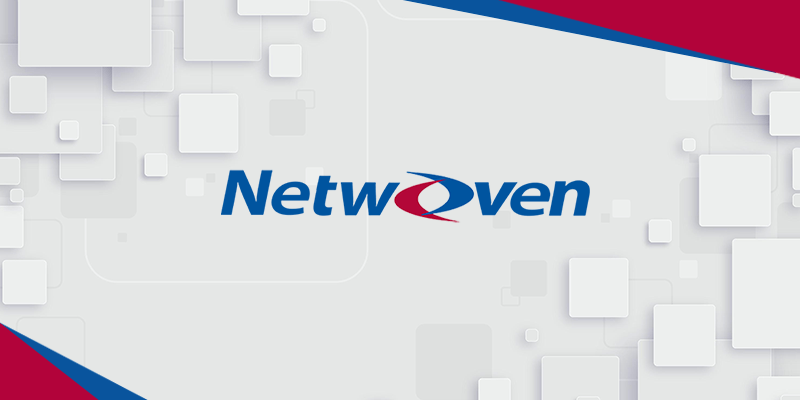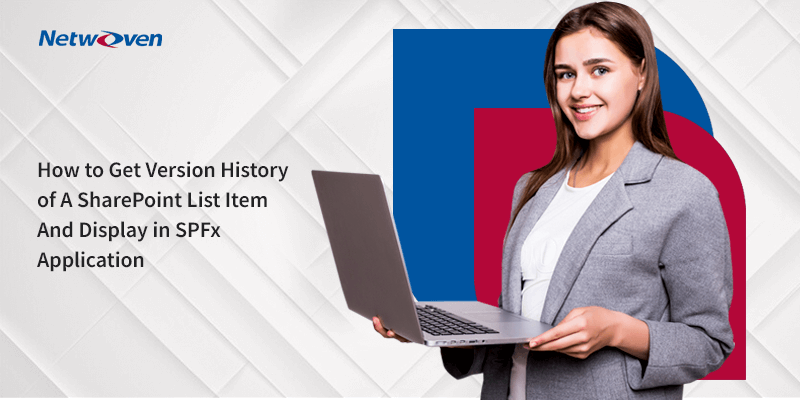With the availability of SharePoint 2013 Preview one can quickly see that site branding and the web developer experience have been significantly improved as part of Microsoft’s overall investment in Web Content Management(WCM).
Site branding has gone through a significant update in SharePoint 2013 Preview. If you’ve ever built custom SharePoint publishing site elements: masterpages, theme, and custom css, you know this is not the motherhood-and-apple-pie effort of traditional web development. Some tasks are simple – creating an Office theme in PowerPoint, and customizing the site banner artifacts. But the task quickly becomes testy as you work through layers of css buried in nested table markup. And last but not least, one must also possess a strong working knowledge of the ASP.NET placeholder controls of a working master page.
In all fairness every multi-purpose wcm architecture imposes strict adherence to structure as a necessity, whether SharePoint or any other wcm system. But easing the implementation effort is a bonus all around. And kudos to Microsoft for making that investment in SharePoint 2013. Below is a quick list of key improvements.
SharePoint 2013 Branding Improvements:
- Page editor context editing links allow quickly making updates to Global Navigation or Quick Link navigation.
- Metadata driven navigation means you can easily and dynamically build a navigation taxonomy seperate from your page title and folder architecture. It also means you don’t have to be a designer to manage the navigation structure.
- Client-of-choice development tools: SharePoint Designer is no longer the only way to build a masterpage or page layout asset. The catalog and page libraries are now exposed to WebDAV clients including Windows Explorer. WebDAV in Explorer requires a quick install, and you must also run the WebClient Service on the SharePoint VM. Then you’re off. This means it will be a lot easier for traditional web developers and designers to build custom site layouts and branded master pages. This is a significant overall change that will enable broader SharePoint adoption for publishing sites.
- Composed Looks Gallery replaces Office Themes. The composed look is comprised of 2 xml theme files – the Color Palette file and the Font Scheme file. The Composed theme brings together multiple styling artifacts beyond the Office Themes of 2010: the master page, color palette, background image url, and your font scheme.
And because wcm development and web development go hand-in-hand I mention below some web development and other related improvements:
- Web Parts and layout Zones are DIVs in Publishing Pages. Gone are the days of many-layered tables with nested DIVs buried in a table cell. Web part content is styled using HTML, CSS and JavaScript. Another feature that will be easier for the traditionalists out there. This will also help a great deal with W3C page validation and building accessibility-friendly pages.
- Content by Search Web Part is much more flexible than the Content by Query Web Part. No longer do you need to edit XSLT to traverse your Doc Set hierarchy – a personal favorite of mine. With search more natively integrated as a web part site content can be more organically personalize and sourced across multiple sites.
- Clean URLs mean you can build branded name links rather than nested folder urls. This feature also makes it’s way into the catalog site which I’ll discuss in another post.
- Image Renders allow for building site image standards – thumbnails, product images, event images, avatars, etc. When a user uploads an image they can makes sure their images conform to the design standards of the site from a single image file – regardless of the source image size.
- SEO optimization is now built into SharePoint with support for XML sitemaps, custom SEO properties <Meta> tag description and keywords.
There are many other detailed features worth mentioning that will simplify your web design and development effort – easier drag and drop, the overall interface is less ‘clicky’ and more application-like, less paging to navigate to common edit and configuration features, and even embedded or linked YouTube content!
All told, you should find plenty of smile-inducing eye candy in this release. I’ll dig deeper into some of the specifics in upcoming posts.





















